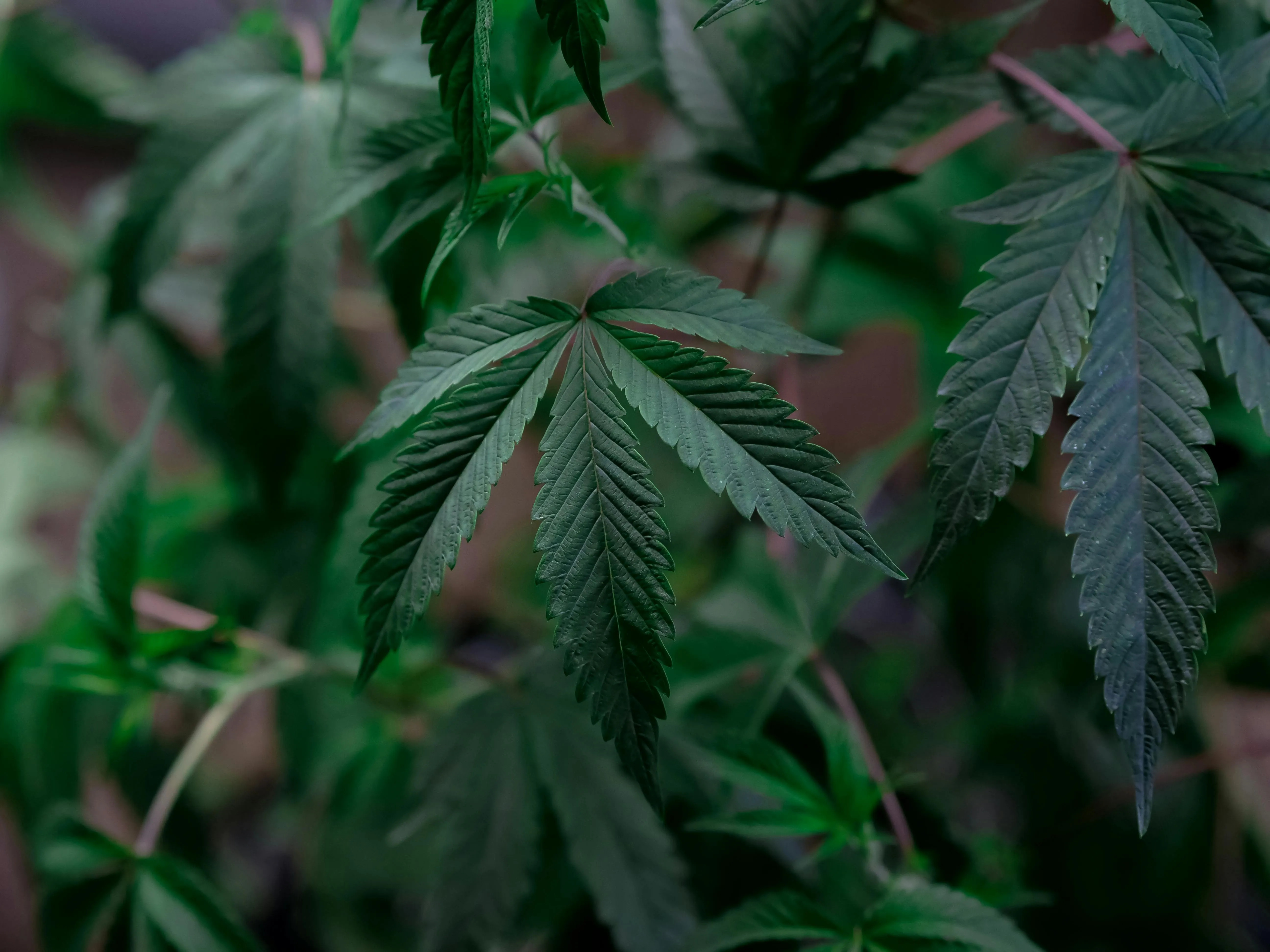Datura: A Wild Beauty with a Dangerous Side
Datura, also known as Jimson weed, Devil’s trumpet, or moonflower, is a fascinating plant that has intrigued humans for centuries. Its large, trumpet-shaped flowers in shades of white, yellow, and purple are undeniably beautiful, but don’t let appearances fool you. Datura contains potent psychoactive compounds that can be incredibly dangerous if ingested.
While its beauty and intriguing history make it tempting to learn more about datura, understanding its sources and potential dangers is crucial. Let’s delve into the world of this captivating yet perilous plant.
Where Does Datura Grow?
Datura thrives in warm climates around the world. It’s native to the Americas but has been introduced to other continents like Asia, Africa, and Europe. You can find datura growing wild in a variety of habitats:
* Roadsides: Datura often pops up along roadsides, attracted by disturbed soil and plenty of sunlight.
* Fields: Abandoned fields and pastures are common spots for datura to take root, especially if the soil is fertile.
* Wastelands: Even neglected or polluted areas can become home to datura, demonstrating its adaptability and resilience.
Recognizing Datura in the Wild
Being able to identify datura accurately is crucial for avoiding accidental ingestion. Look out for these key features:
* Flowers: Large, trumpet-shaped flowers that bloom at night, often releasing a strong, sweet scent.
* Leaves: Broad, oval-shaped leaves with toothed edges and prominent veins. The leaves can vary in size depending on the species.
* Fruit: Spiky green pods containing numerous seeds. These pods mature to a brown color when ripe.
The Dangers of Datura
All parts of the datura plant contain tropane alkaloids, potent chemicals that can cause severe poisoning if ingested. Even small amounts can lead to:
* Hallucinations: Vivid and sometimes terrifying hallucinations are common side effects.
* Delirium: Confusion, disorientation, and erratic behavior can occur.
* Rapid heartbeat: Datura can increase heart rate and blood pressure, potentially leading to cardiac arrest.
* Dilated pupils: The pupils will widen significantly after ingestion.
Death: In severe cases, datura poisoning can be fatal.
It’s crucial to remember that there is no safe dose of datura. Even experienced users can suffer unpredictable reactions.
Why Do People Use Datura?
Despite its dangers, datura has been used historically for various purposes:
* Traditional medicine: Some cultures have used datura in small doses as a painkiller or sedative, but these practices are extremely risky and should be avoided without expert guidance.
* Religious ceremonies: In some cultures, datura has been incorporated into rituals due to its hallucinogenic effects. However, these practices often involve highly controlled settings and experienced individuals who understand the risks.
Recreational use: Unfortunately, some people experiment with datura for its psychoactive properties. This is incredibly dangerous and can lead to severe consequences.
Staying Safe Around Datura
If you encounter datura in the wild, admire its beauty from a distance. Do not touch or ingest any part of the plant.
Teach children about the dangers of datura and emphasize the importance of avoiding contact with unfamiliar plants.
If you suspect someone has ingested datura, seek immediate medical attention. Prompt treatment can significantly improve outcomes.
Datura is a captivating plant with a dark side. Its beauty belies its potent toxins, making it crucial to prioritize safety and avoid any interaction with this dangerous species. Remember: appreciating nature doesn’t require putting yourself at risk.